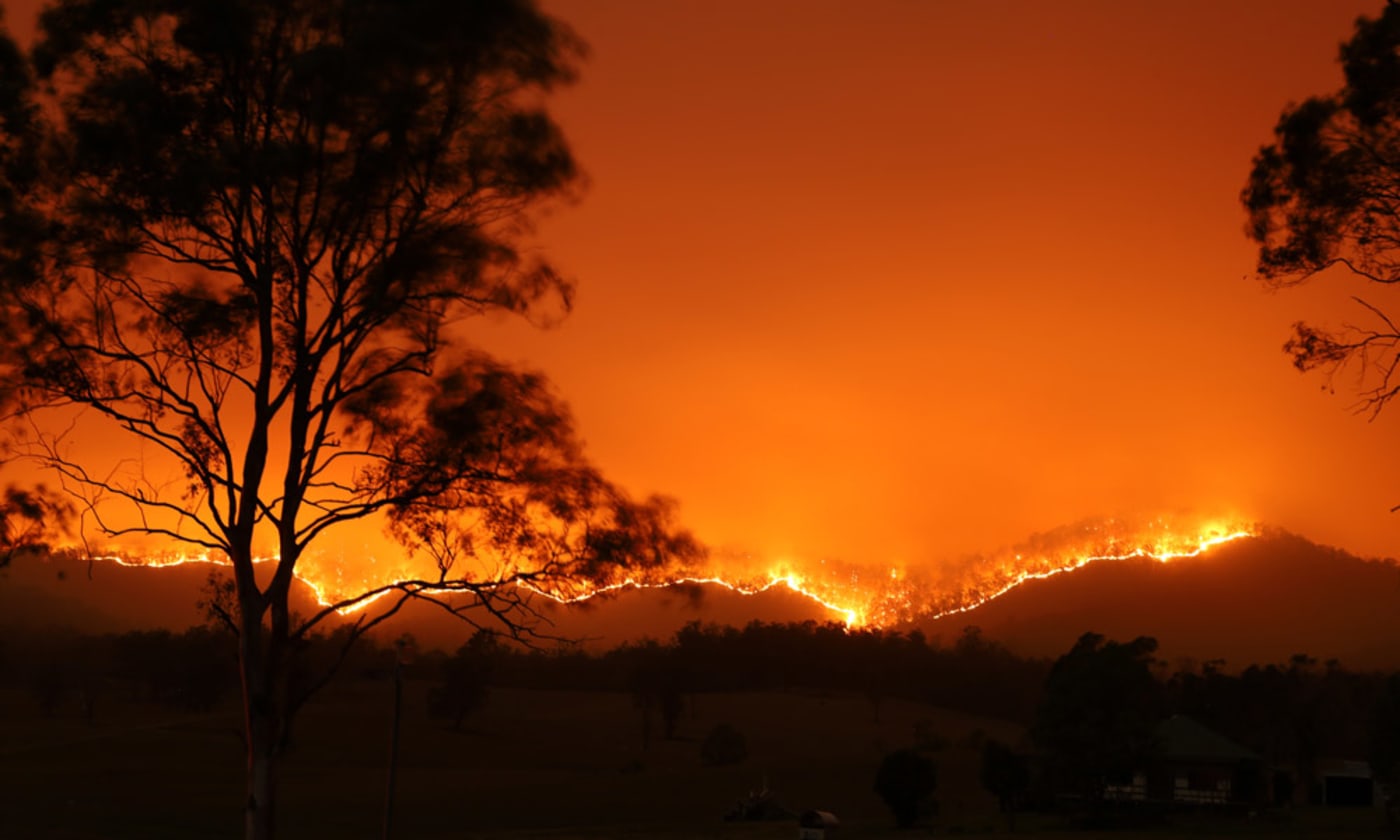Browsing Building Safety And Security: Comprehending the Relevance of a BAL Report
Browsing Building Safety And Security: Comprehending the Relevance of a BAL Report
Blog Article
How BAL Report Impacts Shrub Fire Security Measures
In the realm of bush fire security, the Structure Attack Degree (BAL) record stands as a critical device that significantly affects the safety and security and resilience of residential properties in fire-prone areas - BAL Report. The influence of a BAL evaluation prolongs much past mere paperwork; it functions as the keystone for determining the suitable building and construction standards and fire security procedures necessary to alleviate the dangers posed by bushfires. As areas grapple with significantly severe fire seasons, understanding just how the BAL report shapes these safety procedures comes to be extremely important for policymakers, home builders, and house owners alike
Comprehending the Bushfire Assault Level

Value of BAL Record Assessment

Furthermore, the BAL record assessment functions as a fundamental step in following legal responsibilities and needs connected to bushfire security. Regional councils and authorities frequently mandate the entry of a BAL record as component of the planning and building authorization process to make sure that buildings are effectively protected versus bushfire risks. Falling short to conduct a detailed BAL report analysis can result in poor protection procedures, leaving homes at risk to devastating bushfire occurrences.
Construction Requirements Based on BAL
A thorough understanding of the Bushfire Assault Level (BAL) allows home proprietors to execute construction requirements tailored to their specific risk profile. Building criteria based on BAL are essential in alleviating the influence of bushfires on properties. The BAL ranking categorizes the potential risk a property faces during a bushfire on a range from BAL-Low to BAL-FZ (Flame Zone)
Carrying Out Fire Security Measures
With the foundation of construction requirements based on Bushfire Assault Degree (BAL) in area, the emphasis currently moves towards the practical application of fire protection steps to fortify buildings against bushfire threats. Applying fire security steps entails a mix of passive and energetic techniques to improve the durability of structures in bushfire-prone locations. Passive steps include using fireproof structure materials, installing ash guards on vents, sealing voids in wall surfaces and roofs, and keeping a clear space around the residential property cost-free from flammable plants. Active actions encompass having firefighting equipment readily offered, such as pipes and water pumps, in addition to producing a defendable space around the building by clearing greenery and having a well-kept garden. In addition, establishing an emptying strategy and making sure all residents are conscious of emergency situation treatments are critical parts of reliable fire security procedures. By integrating both passive and active methods, buildings can considerably lower their vulnerability to bushfire cases and enhance the safety of occupants.
Shielding Houses Versus Bushfires
Effectively guarding homes versus the harmful impacts of bushfires calls for a comprehensive and aggressive approach to fire protection measures. Home owners residing in bushfire-prone areas have to prioritize the application of various techniques to improve their property's durability against wildfires. One basic facet is creating a defensible space around the home by keeping a clear zone their website without combustible materials. This includes frequently cutting vegetation, getting rid of dead plants, and making sure a safe distance between structures and trees. Installing fireproof roofing products can likewise significantly reduce the threat of cinder assaults and straight flame contact. In addition, sealing gaps and vents to avoid cinder invasion, in addition why not check here to incorporating fireproof doors and windows, can assist strengthen the home's protection versus bushfires. Investing in a reputable water source, such as a well-maintained sprinkler system or a committed water container, is essential for providing water during fire emergencies - BAL Report. By embracing a proactive stance and incorporating these safety actions, house owners can dramatically enhance their possibilities of guarding their homes versus bushfires.
Conclusion
In final thought, the Bushfire Strike Degree (BAL) record plays an essential function in figuring out the essential defense procedures against bushfires. Applying fire security procedures based on the BAL report is crucial in guarding homes from possible bushfire dangers.
In analyzing bushfire risk to residential or commercial properties, recognizing the Bushfire Attack Degree (BAL) is an important element for carrying out reliable defense measures. Overall, a clear understanding of the Bushfire Assault Level is vital for carrying out appropriate protection measures and reducing the influence of bushfires on homes.

Report this page